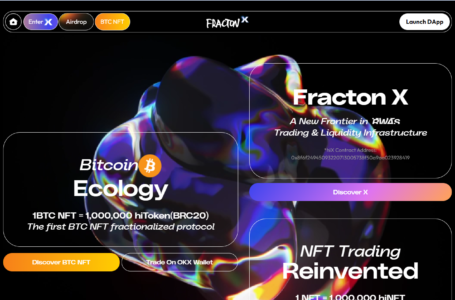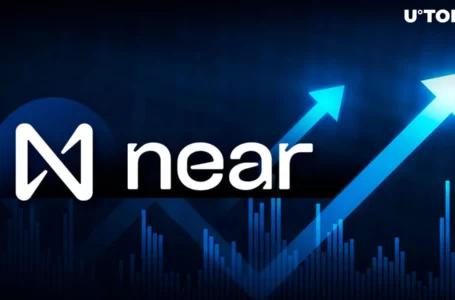
The exponential rise in decentralized financial activity over the past year has inadvertently also resulted in the increasing popularity of decentralized exchanges, which are aimed at making finance democratized and accessible.
It turns out that the cumulative volume on DEX recently exceeded $ 600 billion, according to data analytics firm Kaiko, which just released the “Industry’s First DEX Data Feed.”
In a recent weekly research note, the firm noted that the sector was being dominated by Uniswap V3, which accounts for the largest market share of cumulative and weekly volume, as it facilitates $10-$13 billion in volume every week. Although these numbers might seem high, they are still significantly lower when compared to centralized exchanges like Coinbase and Binance.
According to Kaiko, one of the barriers to mainstream adoption of DEX is the high transaction fees charged by the Ethereum network, which results in only “whales” using these protocols.
The report noted that while centralized exchanges process millions of transactions each day, major DEXs process fewer than 50,000 deals during the same time, with Curve and Balancer V1 averaging fewer than 1,000 traders per day. It said,
“The large transactions are likely due to Ethereum’s high transaction fees, which prevent more retail traders from using DEXs. Every trader on a DEX must pay an Ethereum transaction fee for each trade, which frequently exceeds $ 100 due to congestion and scalability issues.
This observation was based on data that showed a discrepancy between trade volume and count on DEXs. It explained,
“We can also observe that the volume of DEX trading has increased over the past few months, but the number of trades has remained relatively stable. The only way this is possible is if the average transaction size has increased… The average transaction size for other DEXs varies between $ 10,000 and $ 20,000 per day, which is very large compared to centralized exchanges that have typically average transaction sizes between $ 2,000 and $ 4,000. “
Similar trends have also been observed by the analytics firm Chainalysis, which noted in a recent report that DEXs are mostly used by “whale traders.” However, it had also stated the larger transaction volume processed by DEXs was due to DeFi’s growing popularity in wealthier countries.
Respite can be found in several DEXs that now rely on Layer 2 protocols such as Polygon and Optimism, which allow them to reduce transaction costs and increase the scalability of their platforms.
Moreover, alternate L1 chains with smart contract integration such as Binance Chain, Solana, Polkadot, and now even Cardano are being used to build upon by DEXs. Even then, Ethereum continues to remain the king of DeFi, with its total value locked surpassing $179 million at press time, way above the second-highest BNB’s $19 million.


















